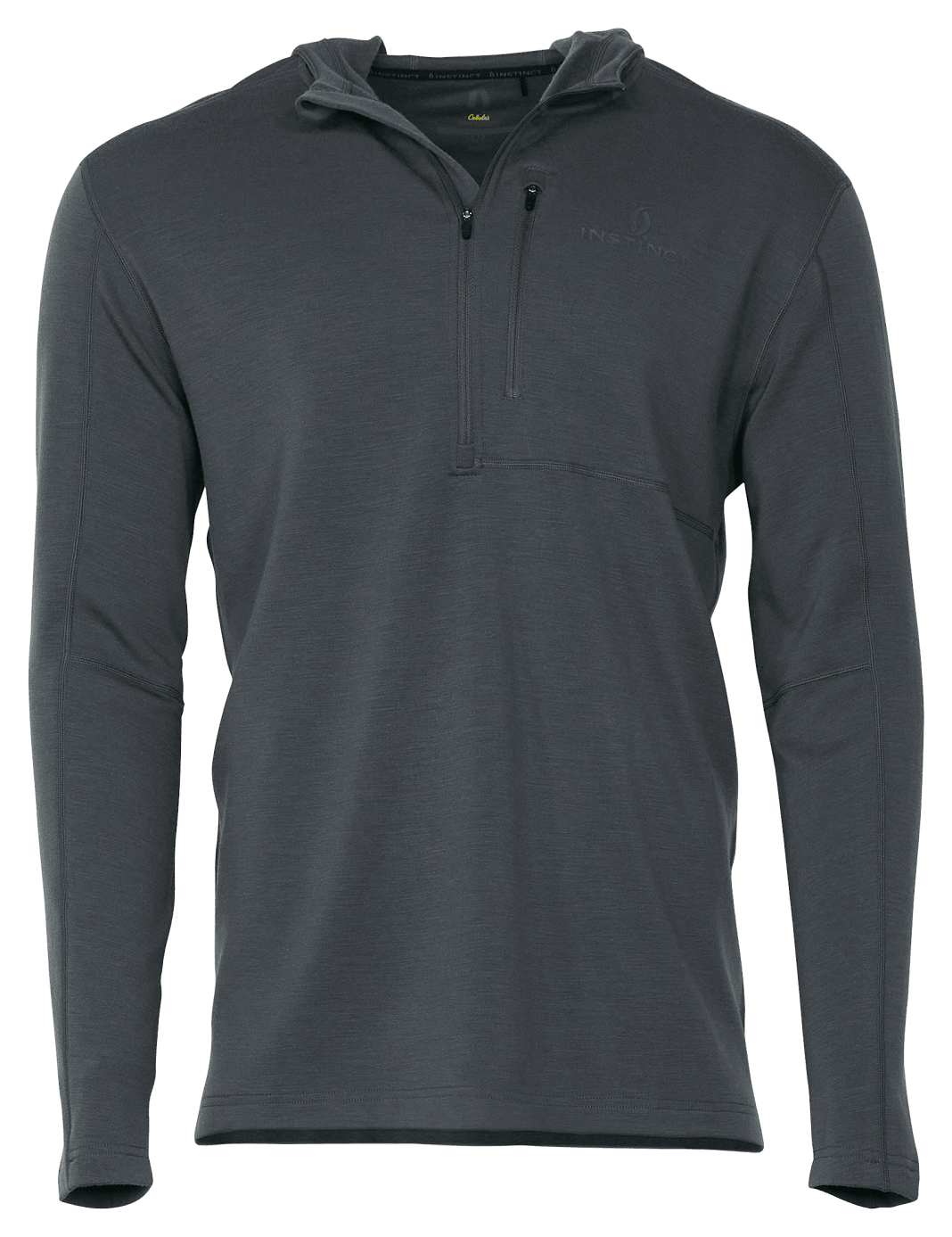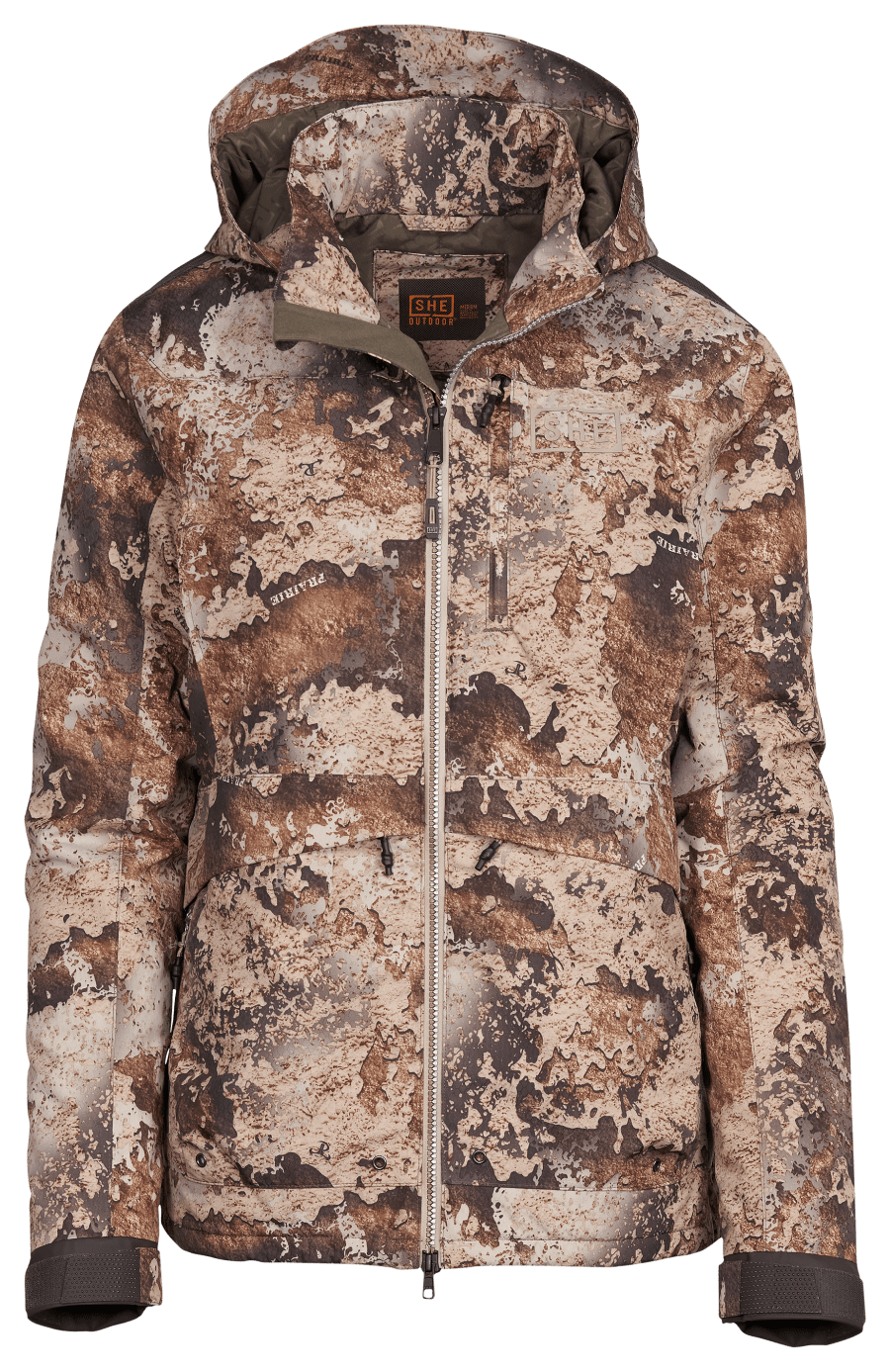
Ultimate Guide to Layering Hunting Clothes for All Seasons
When hunting, your clothing layers can make all the difference between a successful outing and an uncomfortable, even unsafe, experience. The key to staying warm, dry, and agile in the field lies in understanding the layering system.
Whether you're hunting in the heat of early fall or the dead of winter, layering allows you to adjust your clothing based on changing conditions. This guide will walk you through how to layer your hunting clothing, breaking down each layer's purpose and what to look for in the best gear.
How to Layer Hunting Clothes for Warmth and Comfort
Layering is essential for hunters because it allows for versatility in various weather conditions. The system works by combining multiple layers, each with a specific role. When done correctly, layering helps regulate body temperature, wick moisture away, and provide protection from the elements.
A typical layering system includes four main components: the base layer, insulating layer, outer layer, and rain gear. You can add accessories such as hats, gloves, socks, and boots, all of which we’ll explore in this guide.
Base Layer
Base Layers at Bass Pro | Base Layers at Cabela's
The base layer is your first line of defense against both cold and wet conditions, sitting directly against your skin and forming the foundation of your layering system. Whether you're sitting still for long periods or on the move, managing moisture is key to staying comfortable. Sweat can quickly make you cold, and if it gets trapped against your skin, it can lead to discomfort—or even worse, hypothermia. A good base layer is designed to wick moisture away from your skin, keeping you dry and regulating your body temperature.
This is especially important not only in cold conditions but also during warm-weather or high-activity hunts. As you hike or exert yourself, a quality base layer draws sweat away from your skin, preventing overheating and reducing discomfort. Without it, sweat can accumulate, leaving you with damp, clingy clothing that causes chafing and disrupts temperature regulation.
The primary purpose of the base layer is moisture management—it pulls sweat away from the body, allowing it to evaporate and keeping you dry. At the same time, it traps a small amount of heat to help maintain a stable body temperature. Staying dry is critical in the field to avoid cold stress, which can occur when wet clothing chills the skin and lowers your core temperature. Additionally, a well-fitting base layer reduces friction between your skin and outer layers, preventing chafing during long treks.
Best Fabrics for Base Layers
- Merino Wool: Naturally moisture-wicking, antimicrobial, and offers great warmth. It’s ideal for cold-weather hunts.
- Synthetic (Polyester/Spandex): Lightweight, quick-drying, and durable. Synthetic base layers are good for high-activity hunts.
Insulating Layer
The insulating layer is what keeps you warm by trapping heat close to your body. When temperatures drop or when you're stationary for long periods, insulation becomes critical to maintaining comfort. The insulating layer also allows you to adjust to changing weather conditions. You can add or remove this layer based on how active you are and the surrounding environment.
The insulating layer works by trapping body heat while allowing moisture to escape. Unlike the base layer, which focuses on moisture management, the insulating layer's main job is to provide warmth. This layer is especially important during cold-weather hunts or for early-morning and late-evening excursions when temperatures tend to plummet.
Best Fabrics for Insulating Layers
- Down: One of the warmest and lightest insulators. However, it loses its insulating properties when wet.
- Synthetic Insulation (e.g., Primaloft): Retains warmth even when wet and dries quickly.
- Fleece: Breathable and warm, fleece is a solid choice for layering in mild to moderate cold weather.
Cabela's Instinct Merino Wool Long-Sleeve Hoodie for Men
Technical design and wear-anywhere comfort make the Cabela's Instinct Merino Wool Long-Sleeve Hoodie for Men the most versatile hunting hoodie in your closet and a favorite among seasoned hunters.
Shop Now
Outer Layer and Rain Gear
Hunting Jackets & Coats at Basspro | Hunting Jackets & Coats at Cabela's
The outer shell layer acts as your shield from the environment. It protects against wind, rain, snow, and abrasions from rugged terrain. In many cases, the outer shell is your first line of defense against extreme weather conditions, making it crucial for all hunters.
The primary function of the outer shell is weather protection. It keeps wind, rain, and snow at bay while allowing internal moisture to escape. This layer also provides durability, shielding the base and insulating layers from snags or tears. "
Best Fabrics for Outer Shell Layers
- Gore-Tex: Known for its waterproof and breathable properties, Gore-Tex is ideal for harsh weather conditions.
- Hardshell Nylon: A durable, water-resistant fabric that offers great protection in rugged environments.
- Softshell: A more breathable, flexible option that works well in milder weather.
SHE Outdoor Confluence Insulated Waterfowl Jacket for Ladies
Converge on the waterways with warmth, waterproof protection, and ultimate concealment. Our SHE Outdoor® Confluence Insulated Waterfowl Jacket for Ladies prepares you for a successful hunt no matter the weather.
Shop NowHats
Hats at Bass Pro | Hats at Cabela's
Your choice of hat should align with the season and conditions. For warm weather, look for sun protection hats like wide-brimmed or boonie hats. For colder conditions, a wool or fleece beanie will keep your head warm. In wet conditions, choose a waterproof hat to prevent moisture from getting into your layers.
Gloves
Gloves at Bass Pro | Gloves at Cabela's
Gloves are essential for protecting your hands from the elements and hazards like cuts, blisters, or scrapes. For cold weather, insulated gloves keep your hands warm, while non-insulated gloves are better for mild weather or high-intensity activities. Look for gloves made from durable, flexible materials that allow for dexterity when handling gear.
Socks
Socks at Bass Pro | Socks at Cabela's
The right socks can prevent blisters and keep your feet warm and dry. Look for moisture-wicking fabrics like wool, which also provide insulation. Synthetic materials offer durability and quick-drying properties. Consider layering socks for added warmth in colder conditions.
Boots
Boots at Bass Pro | Boots at Cabela's
Boots are crucial for maintaining comfort, stability, and protection in the field. Look for waterproof materials such as leather or synthetic fabrics for wet conditions. Insulated boots are necessary for cold weather, while non-insulated options work well in milder conditions.
Other Layering Tips
- Tuck in Your Base Layer Top: Tucking in your base layer helps prevent cold air from reaching your skin, keeping your core warm.
- Change Your Socks: Always carry an extra pair of socks, especially for long hunts. Changing into dry socks prevents blisters and maintains foot warmth.
- Keep Your Clothes Clean: Dirt and grime can reduce the effectiveness of your clothing, particularly waterproof layers. Keep your clothes clean for optimal performance.
- Wear Lighter Clothes if Active: If you’re on the move, wear lighter layers to avoid overheating. You can always add layers when you stop.
Mastering the art of layering is essential for every hunter. By choosing the right base, insulating, and outer shell layers, along with essential accessories like hats, gloves, socks, and boots, you can adapt to any weather condition.
Pro Tip
Layering for Silent Movement
When hunting, noise discipline is just as important as warmth and comfort. Choose soft, quiet fabrics for your outer layer to reduce rustling sounds that could alert game. Avoid stiff or crinkly materials, especially in dry conditions where sound travels farther. Opt for fleece or brushed fabrics that minimize noise while still offering protection. Additionally, make sure your gear fits well—loose or baggy layers can create unnecessary movement and sound.
Ready for Your Next Adventure?
Whether you're gearing up for your next outdoor expedition or simply want to explore the latest gear and apparel, we've got you covered!
? Shop Online: Discover a wide selection of outdoor products at Bass Pro Shops and Cabela’s.
? Visit a Store Near You: Experience our expert service and see our gear up close by visiting a Bass Pro Shops or Cabela’s location. Find the store nearest you with our Store Locator.
Frequently Asked Questions About Layering Hunting Clothes
What is the best way to layer hunting clothes for cold weather?
The best way to layer hunting clothes for cold weather involves wearing a moisture-wicking base layer, a warm insulating layer, and a weather-resistant outer layer. Don’t forget accessories like hats, gloves, and thick socks to stay warm.
What should I wear as a base layer for hunting?
The ideal base layer for hunting should be made of moisture-wicking fabrics like merino wool or synthetic materials. These help regulate body temperature by keeping sweat away from your skin.
How do I choose the right insulating layer for hunting?
When choosing an insulating layer, consider the weather conditions. Down is great for dry, cold climates, while synthetic insulation like Primaloft is better for wet conditions. Fleece is a versatile option for moderate cold.
What is the difference between waterproof and water-resistant hunting gear?
Waterproof gear completely prevents water penetration, suitable for heavy rain and snow. Water-resistant gear can handle light moisture but may not hold up in extreme conditions. Check waterproof ratings to match your needs.
How can I avoid overheating while hunting?
Avoid overheating by choosing lightweight, breathable layers and adjusting them based on your activity level. Always pack extra layers to add or remove as needed, and opt for breathable materials in your outer layer.
- 3878 views



